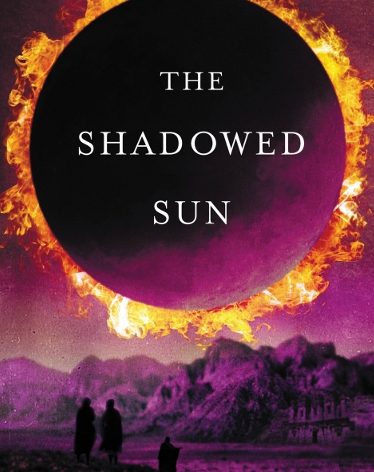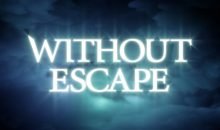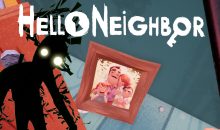Review: The Shadowed Sun, by NK Jemisin
I reviewed The Killing Moon back in June, and enjoyed it a great deal, both for its disparity from a lot of my fantasy reading and for its own merits. Enjoyed it enough, in fact, to pick up the sequel, The Shadowed Sun, in which N.K. Jemisin returned to the dream-drenched city of Gujaareh and sprawled a little further out into its environs. I’m pleased to say that Sun is a step up from its predecessor and an excellent completion to the Dreamblood duology.
A quick pass over the setting, since it’s well familiar to readers of the first book (and discussed further in my review thereof) – Gujaareh, city of dreams, with a culture drawn from historical Egypt and a priesthood whose magic employs and draws upon the bizarre logic and tremendous power of dreams. Killing Moon led to some upheavals for the citizenry of Gujaareh, and now in Shadowed Sun they’re dealing with the outcome, while a variety of power groups scheme and joust for their shot at prominence and, once again, creeping horror lurks in the background.
As with Moon, while the plot is driven by those political machinations and supernatural nightmares, the real heart lies in homely personal relationships. Jemisin’s first series was The Inheritance Trilogy, a divine romance of sorts, and she carries that experience into writing some of the most believeable intimacy the fantasy genre can find. Sun is carried by two protagonists – dispossessed nobleman Wanahomen, a bit player in the previous book, and healer-in-training Hanani, a new character with a new angle. They meet, of course, and the development of their interactions and relationship is extremely well-handled, equally touching and frustrating, without the forced chemistry of lesser entries to the fantasy canon.
Wanahomen is a fairly straightforward character, an anti-hero who stands a good shot at working his way into the reader’s regard when he’s not being an incredible dick. His experiences embracing a foreign, barbaric culture – attempting to use it for personal gain, of course – give him some necessary depth and shading, and more than a little unexpected humor. Hanani is a bit more intriguin; as a woman studying the path of Gujaareh’s “Sharers” (dream-priests who specialize in healing), she’s unique in her society. That’s not a new archetype, of course, but the way Jemisin handles it is fresh and thorough. Gujaareh’s stratified society forbids women from pursuing that and many other avenues specifically because of their treasured nature – too close to divinity to sweat and toil – so Hanani’s arc and development can be read as an exploration of different takes on feminism, white-knight syndrome, and equality. And also, of course, just a good character arc.
Backing up our leading man & woman are a decent supporting cast, including a few major names from the previous book returning in minor roles, the heroes of another story. Another new cast member, manipulative noblewoman Tiaanet, provides a good entry point for the other key of Jemisin’s writing – the horror. Like its predecessor, Sun explores some of the terrifying possibilities of dream-magic tropes; this time, though, the horror is a little closer-to-life. Tiaanet’s narration provides a gateway to the book’s two most frightening characters, and while the threat is all supernatural dark magic sort of stuff, the root of it is in terrifyingly plausible true-life horror. Again, Jemisin mines a gift for creeping dread and gut-punch horror, and this time reinforces it with a truly despicable villain all the more effective for his sheer believability. Put him in modern-day Cairo, or New York, or anywhere, and he’d still be a monster.
With all this cocktail of resources to draw on, a reader could just linger in Gujaareh and therabouts, with the sprawling fantasy exploration of GRRM or Guy Gavriel Kay. Sun has a story to tell, though, and tells it adeptly; while the political plot arc can come across as rushed here and there, it dovetails nicely with the individual journeys of the characters. Speaking of Kay, Jemisin has a similar gift for one-shot characters whose appearances & actions illustrate the echoes of her main characters’ actions and the effects of her meta-plot. It would be tempting to leaf through these short chapters to get back to Wanahomen’s Desert Adventures or the nightmarish Tiaanet scenes, but Jemisin’s skill at shading her sketch-characters with depth and humor (and willingness to kill the poor bastards off when it seems releavant) keep everything coherent.
Shadowed Sun still suffers from some of the high-fantasy-overgrowth of Killing Moon; it’s simply not long enough for the world-building sprawl of, for instance, the collection of brawling desert tribes that Wanahomen ends up with. But as a sequel, it’s free of Moon’s growing pains and can focus on developing the things readers have already learned; the result is a richer book and a less burdened story. NK Jemisin’s career is off to a hell of a start, and it’s hard not to get excited about where she’s headed from here. Recommended, without reservations.






